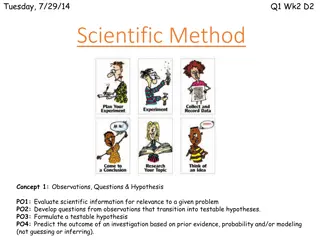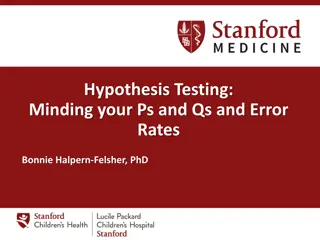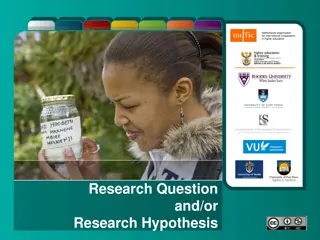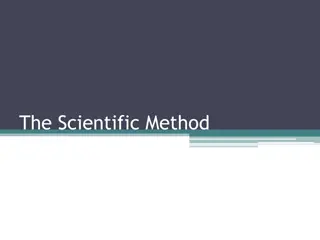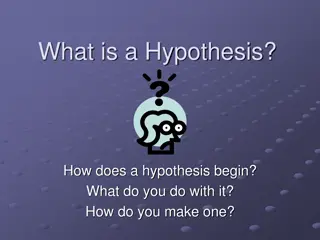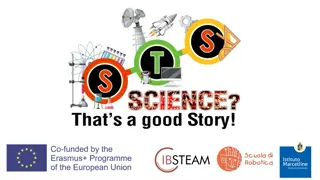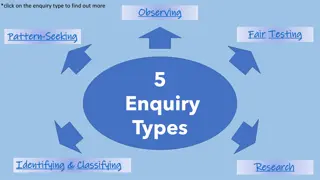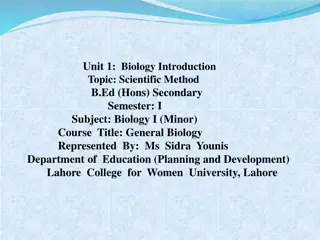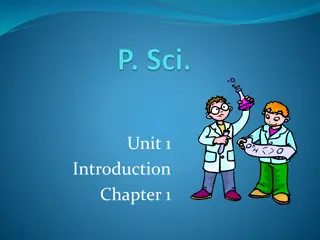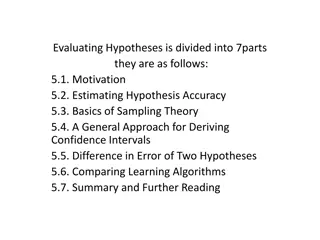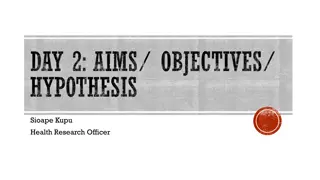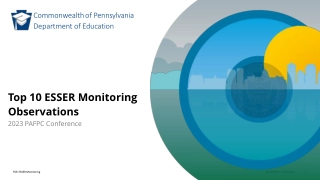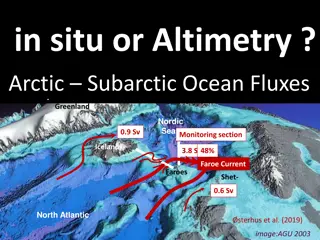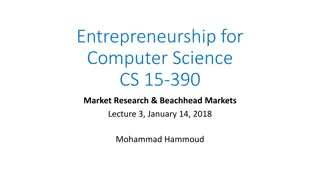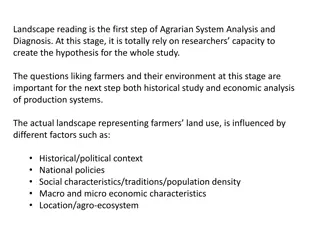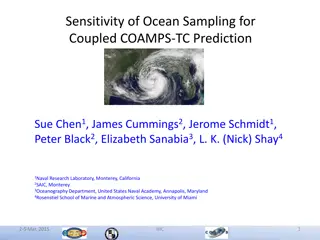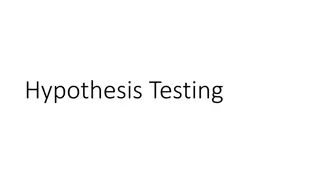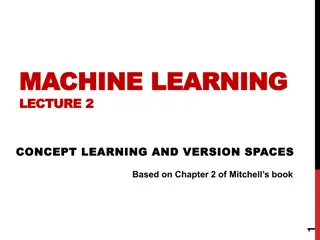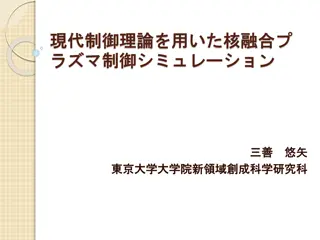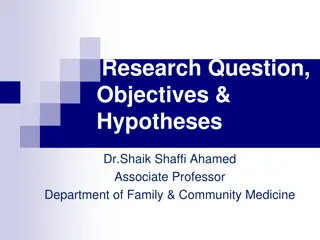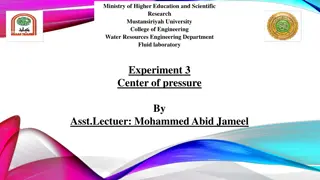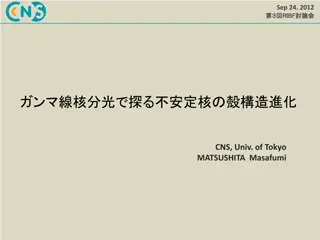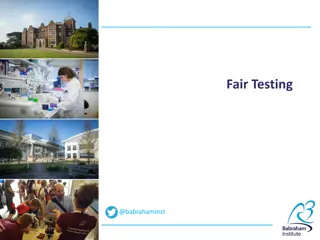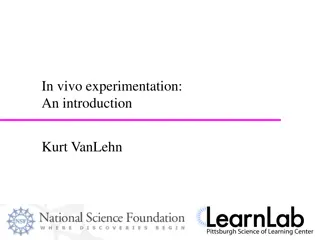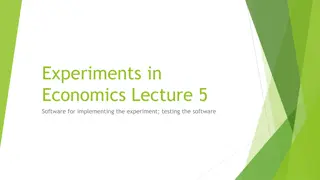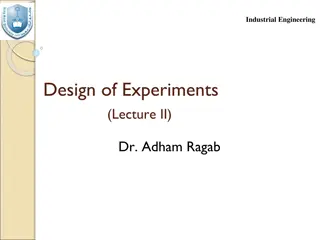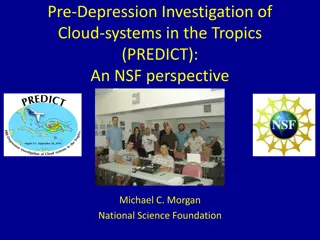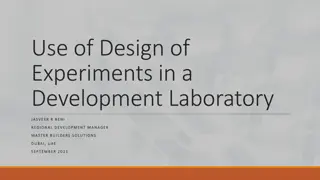Understanding Science: Experiments, Observations, and Hypotheses
Knowledge about the natural world is gained through experiments and observation in science classes. Asking testable questions leads to formulating hypotheses, which offer possible explanations for phenomena observed. Investigating questions with scientific procedures, such as tracking Daphnia heart rates in different temperatures, helps deepen our understanding of the world around us.
Download Presentation

Please find below an Image/Link to download the presentation.
The content on the website is provided AS IS for your information and personal use only. It may not be sold, licensed, or shared on other websites without obtaining consent from the author. Download presentation by click this link. If you encounter any issues during the download, it is possible that the publisher has removed the file from their server.
E N D
Presentation Transcript
What is Science? Too broad? Think about the classes devoted to science that we study in school. Science is defined as knowledge about or study of the natural world based on facts learned through experiments and observation. Source: Merriam-Webster Dictionary With your group, come up with descriptions of: Natural World Experiments Observation
Experiment and Observation What are parts of an experiment? Where does observation fit in?
Asking a Question To pursue a question scientifically, the phenomenon should be well defined and testable, and elements should be measurable and controllable. Does exercise increase heart rate? What is the effect of increasing temperature on the enzymatic activity of amylase? Does cell phone usage reduce auditory function? Does fruit age impact fruit fly preferences? Will the use of perfume increase my chances of obtaining a homecoming date? Testable questions should lead to measurable data, be repeatable, and relevant.
Which of these questions can be investigated using scientific procedures? 1. Does global warming cause an increase in the frequency and intensity of forest fires? Does watching television before the age of 1 decrease attention span? Why do raccoons drink pool water? Did the use of the herbal supplement ephedra cause the death of the 18- year old soccer player? Do cactus spines reduce herbivory? Why does milk turn sour after 2 weeks? If I eat 10lbs. of bacon for breakfast every day for a month, will I gain weight? Will an external environment of water affect the weight of a water balloon? Should human embryonic stem cells be used to treat Parkinson s Disease? 2. 3. 4. 5. 6. 7. 8. 9.
Daphnia Heart Rate (beats per minute) in Different Temperatures Daphnia Temperature (oC) 0 A 75 B 71 C 65 D 60 128 E 56 151 F 54 142 G 47 150 H 48 I 39 10 82 85 93 20 92 96 93 155 150 168 140 153 234 30 178 180 190 260 278 272 328 308 318 - -
Formulating Hypotheses As questions are asked, scientists attempt to answer them by proposing possible explanations. Example: Spines on cacti reduce herbivory. Hypotheses often use the form If then . Because Include reasoning (the reason, the why )
Which of these hypotheses can be investigated using scientific procedures? 1. The death of unborn horses on Kentucky farms is due to toxic fungi. 2. Crime rates increase during the full moon. 3. Positive emotions prolong life. 4. Exposure to low levels of pesticides increases the risk of developing Parkinson s Disease. 5. Modern birds are closely related to dinosaurs.
Daphnia Heart Rate (beats per minute) in Different Temperatures Daphnia Temperature (oC) 0 A 75 B 71 C 65 D 60 128 E 56 151 F 54 142 G 47 150 H 48 I 39 10 82 85 93 20 92 96 93 155 150 168 140 153 234 30 178 180 190 260 278 272 328 308 318 - -
Steps and Materials Identify steps to take to ultimately answer the investigative question Explains what data to collect, how to, and how often (ideally data leads to answer!) Logical in sequence Materials follow what do you need in order to do these steps?
Daphnia Heart Rate (beats per minute) in Different Temperatures Daphnia Temperature (oC) 0 A 75 B 71 C 65 D 60 128 E 56 151 F 54 142 G 47 150 H 48 I 39 10 82 85 93 20 92 96 93 155 150 168 140 153 234 30 178 180 190 260 278 272 328 308 318 - -
Identify Variables Manipulated A factor that is changed intentionally by the experimenter OR the factor that was changed in an experiment being studied Responding The response to the manipulation or factor that was changed Controlled Factors in the experiment that are unchanged to make sure only one factor is tested
Observations and Data Collection Watch investigation unfold. Record information you will need to answer your question. Be objective! Organize in a table.
Daphnia Heart Rate (beats per minute) in Different Temperatures Daphnia Temperature (oC) 0 A 75 B 71 C 65 D 60 128 E 56 151 F 54 142 G 47 150 H 48 I 39 10 82 85 93 20 92 96 93 155 150 168 140 153 234 30 178 180 190 260 278 272 328 308 318 - -
Analysis of Data Interpret the numbers, or if not in number form, the information collected. Create a visual to help process the information. What are examples of visuals that can help us see patterns in data? Look for and call out the patterns you see. Think about sources of error.
Discussion using Evidence Was this investigation able to answer the original question? How do you know? Answer the question! Use data/evidence to support your answer Do data and observations support or refute your hypothesis? Provide data in explanation. Call out sources of error. Discuss the relevance of your findings. Why does this all matter? What does it mean for the greater good?
Your Tasks Meet the test subject for our very first scientific investigation! Observations and a little bit of research Next day: Work with your group to learn about small freshwater organisms, Daphnia. Use some background information and go through all parts of the experiment to answer a scientific question.





